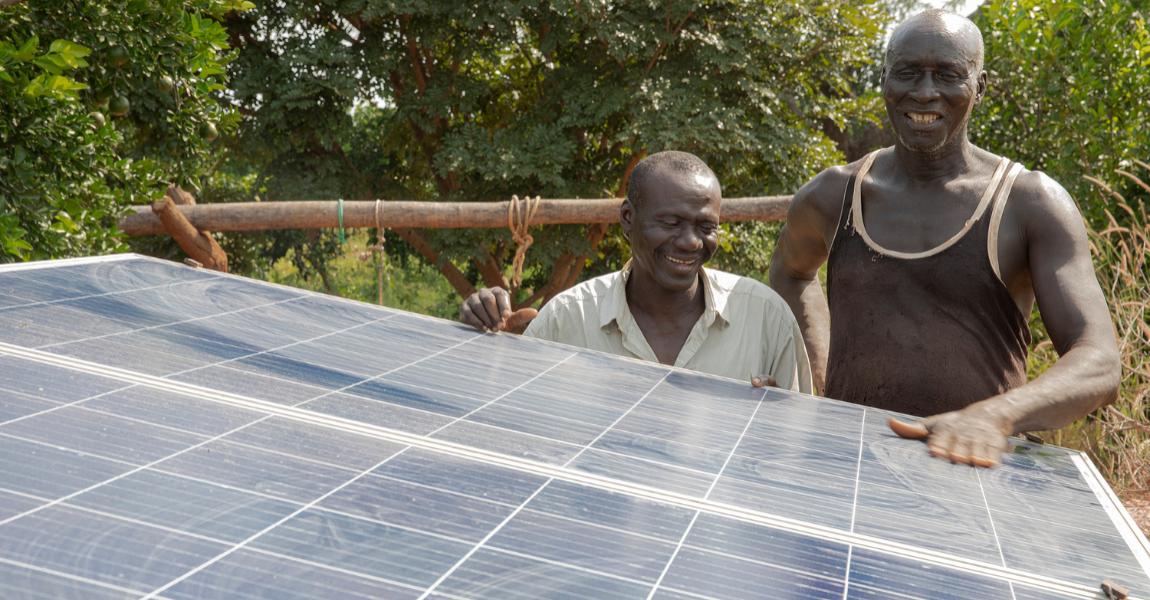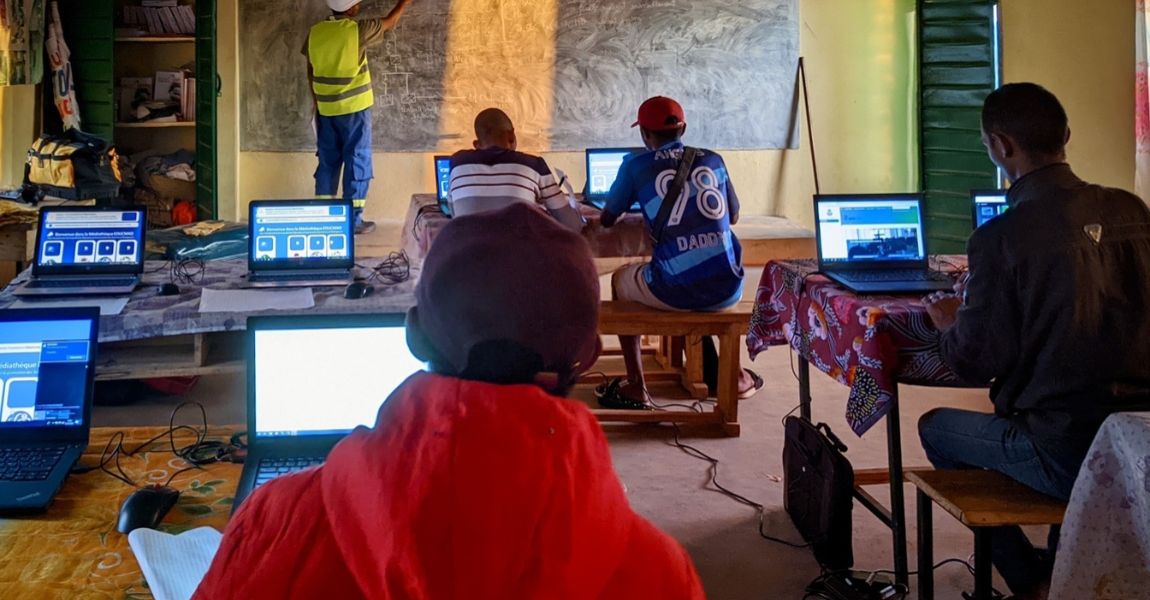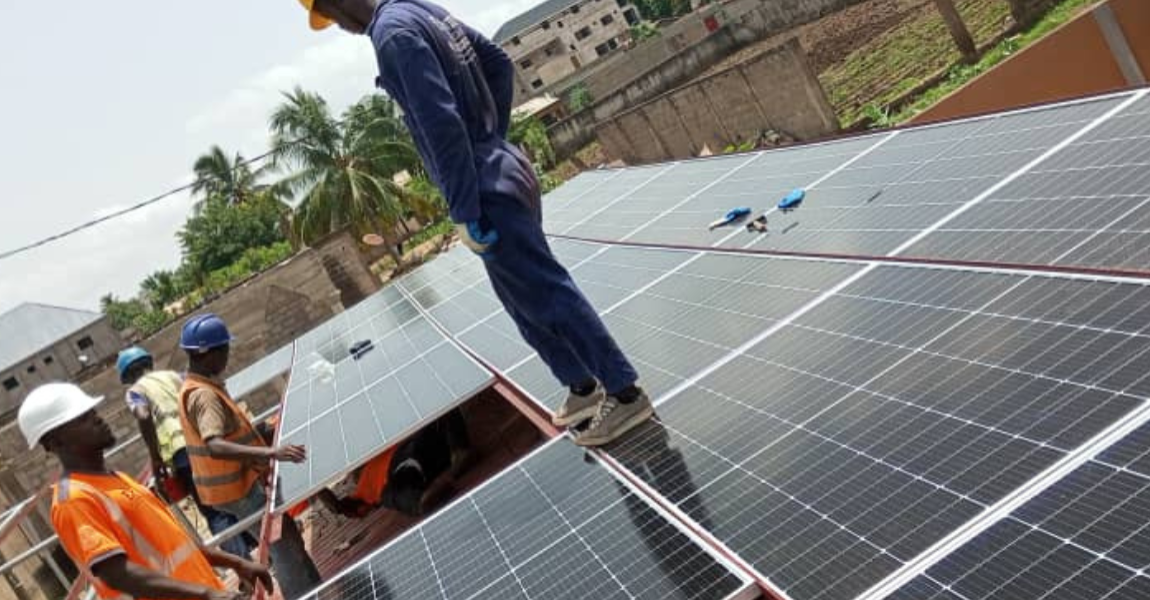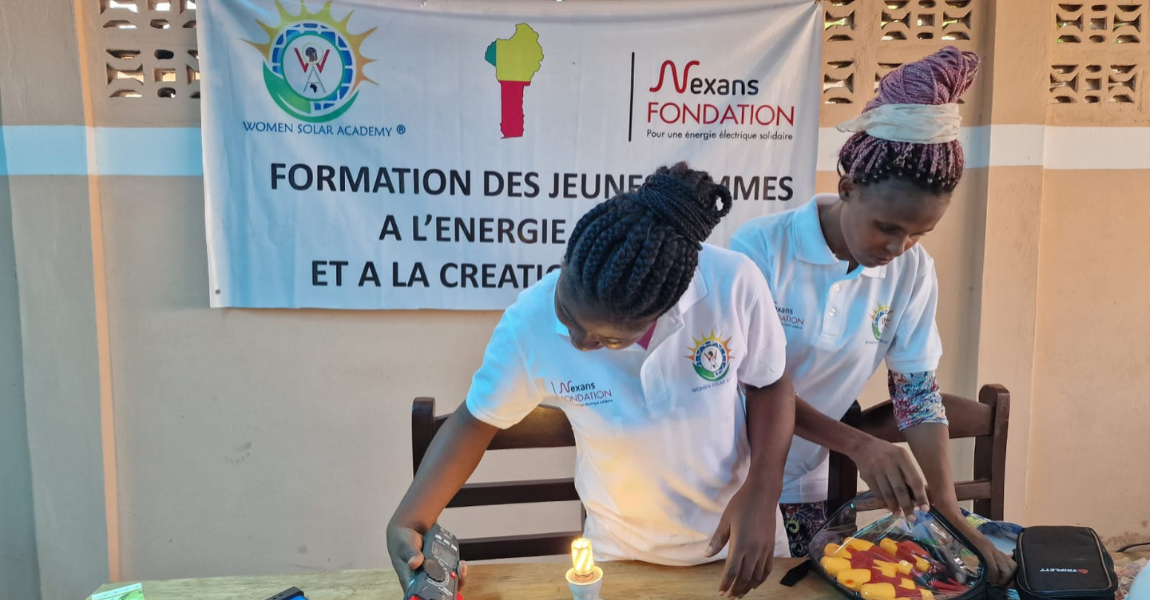- About
-
Projects
- Projects
-
Projects in Africa
- Overview
- Connecting off-grid girls to off-grid energy
- Regional hospital centre electricity project
- Installing photovoltaic systems and creating a MOOC for training
- Improvement of working conditions for women in Senegal
- Connection of the hospital centers of Beni
- Women Solar Academy
- Acteurs
- Solar energy for better health in Ivory Coast
- Rural entrepreneurship around innovative productive uses of electricity
-
Projects in Latin America
- Overview
- Provide solar photovoltaic systems to families living off-the-grid
- Provide accessibility for rural communities to a low-voltage electrical sytem
- Installation of solar panels for the Resilient Medical Centers
- Solar street lights installation in Bongaba
- Luz al Barrio
- Electrical Kits for houses
- Building safe community places
- Multi-regional project
- Partners
- Newsroom
- Contact us
World Africa Day: State of Electrification in Sub-Saharan Africa
May 25, 2025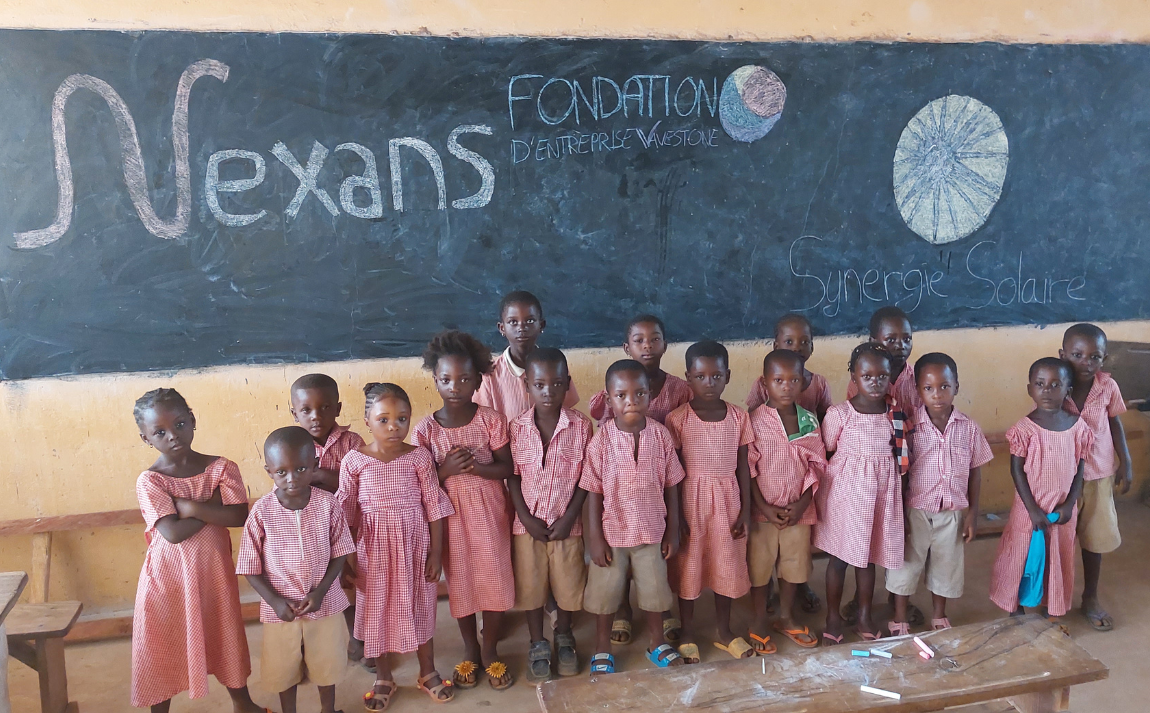
With electricity, people get a better education - Elementary school - Virou - Burkina Faso
May 25 marks Africa Day, a moment to reflect on the continent's progress and challenges. On this occasion, the Fondation Nexans highlights the state of electricity access in Africa and the transformative impact of its initiatives.
18 out of 20: Africa Among the Least Electrified Nations
18 of the 20 least electrified countries in the world are in Africa—a stark reality revealed by the 2024 Energy Progress Report published by the International Energy Agency (IEA) in partnership with the World Bank. In some of these nations, electricity reaches less than 10% of the population, underscoring an urgent energy crisis as demand continues to rise.
Sub-Saharan Africa: the global epicenter of energy deprivation
Sub-Saharan Africa is home to the majority of people worldwide without access to electricity. The region now accounts for 83% of the global energy access deficit, up from 50% in 2010. While regions like South and Central Asia have made significant gains, electrification in Africa has stagnated, primarily due to population growth outpacing infrastructure development.
In 2022, over 571 million people in the region still lacked access to power—slightly higher than in 2010. Economic instability, inflation, and rising interest rates have also discouraged investments in energy infrastructure.
Why Energy Access Matters: Beyond the Light Switch
Reliable electricity is not just a UN Sustainable Development Goal (SDG); it is the key to achieving broader progress in areas such as gender equality, healthcare, housing, and education.
Yet electrification projects face many obstacles. Political instability, inadequate grid systems, and heavy reliance on fossil fuels (80% of the energy mix) hinder progress. According to Madeleine Fauchier, Director General of Fondem (Energies for the World Foundation), localized needs assessments are essential:
“Understanding the regional differences—geological, cultural, economic—is crucial to ensuring the success and sustainability of each project.”
Ambitious Policies to Power Africa's Future
A major breakthrough came in January 2025 during the Mission 300 African Energy Summit. The World Bank, in collaboration with the African Development Bank and other partners, launched an ambitious initiative to connect 300 million people in Sub-Saharan Africa to electricity. The project is backed by a staggering €50 billion budget.
This initiative highlights the economic potential of electrification, especially for Africa’s youth.
“Energy sector transformation is a catalyst for growth. It can attract investment, support SMEs, and grow local industries,” said Akinwumi Adesina, President of the African Development Bank.
Fondation Nexans: Empowering Communities through Electricity
Since 2013, the Fondation Nexans has made Africa a core focus. From its first funding round, 8 out of 13 supported projects were African. Today, Africa remains the primary beneficiary of the foundation’s partnerships with NGOs.
Thanks to Nexans' presence in Ghana, Ivory Coast, and Morocco, the foundation extends beyond financial aid. In 2024, it partnered with AMESIP in Morocco to support the Shems’y Village project by donating electrical cables and renewable energy solutions.
“For 78 years, Nexans has upheld a unique social commitment in Morocco,” said Selma Alami, General Manager of Nexans Morocco. “Our support for Shems’y Village reflects our core values: inclusion, autonomy, and future-focused engagement.”
Electricity for the Most Vulnerable
Over the past 12 years, the Fondation Nexans has supported hundreds of electrification projects, particularly targeting essential services like clinics, schools, and community development hubs.
In the Democratic Republic of Congo, the foundation co-financed the electrification of six hospitals with Green Energy for All, benefiting over 50,000 patients. The impact goes far beyond lighting—health outcomes improved and mortality rates dropped, restoring trust in care among both doctors and patients.
In Madagascar, Accesmad leverages solar-powered digital educational kits to bring advanced learning tools to thousands of high school students—an effort supported by the Fondation Nexans for years.
Solar power: Africa’s clean energy advantage
A unifying factor among these projects is the use of solar energy. Africa’s unparalleled solar potential—with up to 360 days of sunlight per year—makes photovoltaics a cornerstone of successful electrification strategies. Experts estimate that the continent’s renewable energy production capacity could reach 10 terawatts (TW).
A decisive decade for african electrification
Sub-Saharan Africa stands at a pivotal crossroads. With institutional support, bold initiatives, and unmatched solar resources, Africa has the means to achieve universal electricity access by 2030. The time for sustainable, inclusive, and transformative energy solutions is now.

